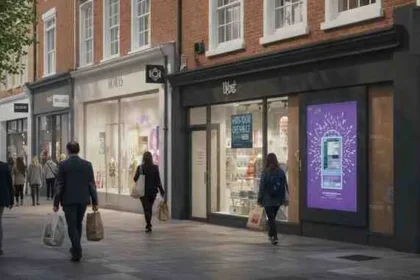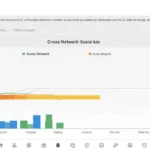The UK retail market is ever-changing. The high street is in flux. Stores close, new ideas emerge. Shoppers notice. I remember my first visit to a bustling high street in Manchester—exciting and vibrant. Today, things are different. Digital trends and economic pressures reshape every corner.
Retailers face challenges from rising costs, shifting consumer habits, and increased online shopping. Yet, there is hope. Some areas are rebounding with new strategies. Physical shops are adapting. Even traditional stores are reinventing themselves. Local communities now value quality and experience more than ever.
In today’s market, entrepreneurs are looking to invest in property. Some buyers focus on opportunities such as a Retail Shop Business for Sale in the UK. They weigh risks and rewards carefully. A clear strategy can make all the difference.
Key Statistics Driving Retail Trends
UK retail remains a vital part of the economy. Recent figures show impressive numbers that reflect both growth and challenge. For example, retail sales in Great Britain reached around £517 billion in 2024—a 1.4% rise over the previous year. Economic output from the sector was estimated at £110.4 billion in 2023. Moreover, there were approximately 324,995 retail businesses as of January 2024, and the sector employed 2.7 million people in 2022.
Short, simple numbers speak volumes:
- £517 billion in annual retail sales.
- £110.4 billion in economic output.
- 324,995 businesses.
- 2.7 million retail jobs.
These stats show the scale. They also highlight the challenges. Retailers must innovate while facing a turbulent economic environment.
Current Market Challenges and Opportunities
Retail has never been static. Now, every day brings new hurdles and fresh openings. The economic climate is harsh. Inflation and cost pressures squeeze margins. On the flip side, there are new opportunities to capture changing consumer tastes.
Consider these points:
- High energy costs. They push up operating expenses.
- Online shopping. Consumers now favor digital channels.
- Changing habits. Shoppers are more selective and value experiences.
Even as some brands close, others innovate. It is like navigating a maze in a dimly lit room. Sometimes, you catch a glimmer of light. That light is new technology, creative retail spaces, and niche market offerings.
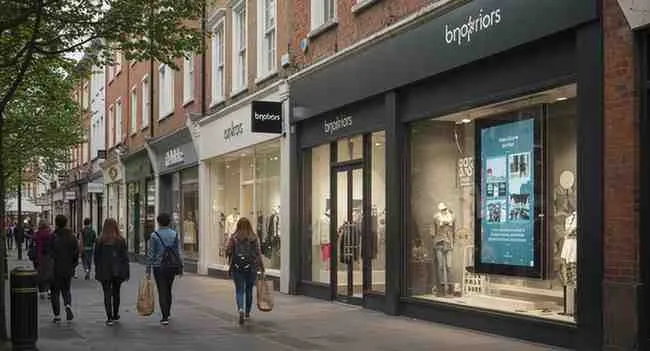
For instance, some retail owners are embracing hybrid models. They blend physical and online experiences. They invest in technology to create memorable in-store events. That is the difference between surviving and thriving.
UK Retail Data Snapshot Table
Below is a table summarizing key retail data in the UK:
| Indicator | Value | Year |
|---|---|---|
| Total Retail Sales (Value) | £517 billion | 2024 |
| Retail Economic Output | £110.4 billion | 2023 |
| Number of Retail Businesses | 324,995 | 2024 |
| Employment in Retail | 2.7 million people | 2022 |
This snapshot gives a quick look at the vital signs of the sector. The table reflects both the breadth and the challenges the industry faces.
Future Outlook for Retail Business
The future of UK retail is not all doom and gloom. With strategic shifts and new investments, many predict a slow but steady recovery. Some high street brands are finding a way to reinvent themselves. Retailers are using data analytics and technology to better understand customer needs. Even as online channels grow, the role of physical stores remains crucial.
I recently spoke with a friend who runs a small chain in Leeds. He told me, “We’ve had to rethink every detail. We invest in experience. Shoppers want more than just a product.” His story is common. The emphasis now is on customer engagement, even for traditional shops.
The forecast is cautiously optimistic:
- Inflation is easing. Consumers regain confidence.
- Real wage growth is visible. Spending power slowly returns.
- Technological investments. They promise efficiency and better service.
- Hybrid models. They combine the best of both physical and digital channels.
For investors looking at opportunities, the evolving market offers hope. Some are even considering a
Retail Shop Business for Sale in the UK. They know that with the right strategy, challenges become stepping stones to success.
UK Retail Trends Table
Another table below shows trends in online retail versus traditional sales:
| Trend | Pre-Pandemic | Peak Pandemic | Current |
|---|---|---|---|
| Online Sales Share | 20% | 37% | 27% |
| In-Store Sales Volume | High | Low | Recovering |
This table reveals the shift in consumer behavior. Online sales soared during the pandemic. Now, they have moderated. Physical stores are gradually regaining footfall. Retailers must balance both channels to capture a full market.
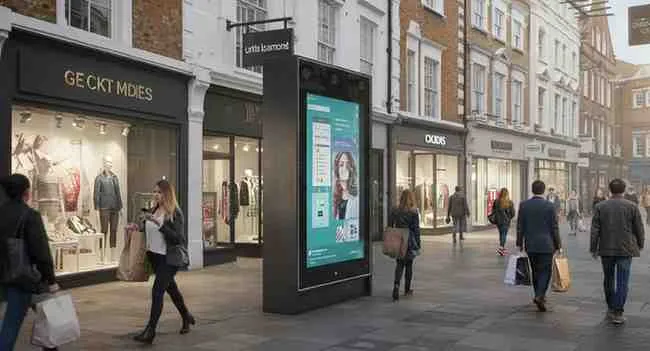
Advice for Prospective Retail Buyers
If you are considering entering this market, listen closely. Every decision counts. The current environment calls for thorough research and strategic planning.
Here are some key pieces of advice:
- Do your homework. Understand local demographics and consumer trends.
- Focus on location. Prime spots on busy high streets have a distinct advantage.
- Embrace technology. Invest in tools that improve customer engagement and streamline operations.
- Plan for flexibility. Market conditions can change suddenly. Stay agile.
- Consider the long term. Look beyond short-term gains.
I once saw a small shop owner in Birmingham who invested in interactive displays. The effect was immediate. Shoppers stayed longer, and sales increased. Such examples illustrate that even in challenging times, innovative approaches pay off.
Prospective buyers should also compare offers carefully. When you see a Retail Shop Business for Sale in the UK opportunity, evaluate it from all angles. Consider market trends, local competition, and growth potential. A well-researched purchase can be a smart investment even during uncertain times.
Final Thoughts on UK Retail Market
Retail is a resilient sector. It adapts. It reinvents. The UK market remains robust despite obstacles. Investors, shop owners, and entrepreneurs all play a part. They bring innovation, passion, and commitment to the table.
The stats, the tables, and personal stories all point to a market in transition. While some segments struggle, others find new life in creative reinvention. The hybrid model is key. Integrating physical and online channels creates a fuller customer experience. This is where the true strength of retail lies.
The future holds promise. It is not without risks. But with careful planning and smart investments, success is achievable. Every change brings an opportunity. Retailers who embrace change will be the ones who thrive.
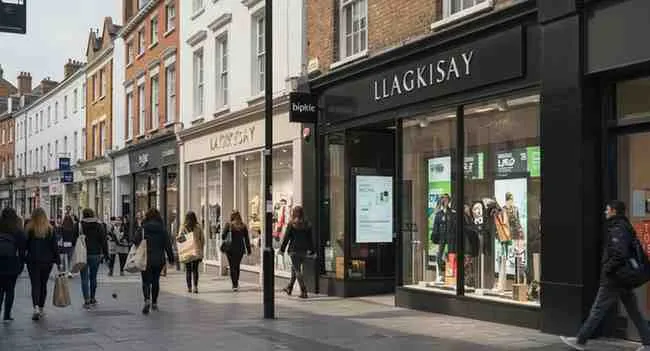
The journey is challenging. The competition is fierce. Yet, if you look closely, you will see signs of a bright future emerging. The landscape is evolving, and so are the opportunities. Could this be the turning point for high street retail?
Will the next generation of entrepreneurs and investors redefine the market, or will they follow the same old playbook?
Citations
Information in this article is supported by data from reputable sources. Key statistics and trends were referenced from Statista (statista.com) and the House of Commons Library’s recent research briefing on the UK retail sector (commonslibrary.parliament.uk).
Does the current market signal a new era for UK high street retail?


